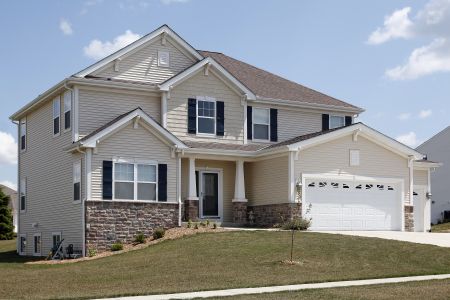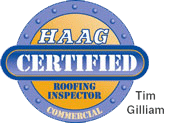4 Common Exterior Painting Mistakes To Avoid

Whether you're planning a DIY exterior painting project or hiring a remodeling professional to handle the house drywall & painting for you, it's a good idea to know what type of mistakes to avoid. You'll want to know beforehand what shouldn't be done so that you can either keep a better eye on your contractor or avoid the mistakes yourself.
Exterior painting will make a dramatic change to how your home, for better or for worse. The problem with a poor-quality paint job is that the work often has to be redone, often with additional measures taken to remove the peeling paint from every surface - talk about frustrating and needlessly expensive!
Make sure the results turn out right by taking a look at the following 4 common exterior painting mistakes to avoid.
Not Checking For Lead-Based Paint Before Exterior Painting
Lead-based paint was commonly used before 1978, at which time it was banned by the US EPA as toxic and unsafe. Unfortunately, you can't just look at the existing paint on your home's exterior to determine whether it's lead-based. Since X-rays can't pass through lead, it's one method used to identify this type of paint.
There are testing kits you can get yourself to test for lead paint. They contain one of two chemicals that will change colors if lead is present, rhodizonate or sodium sulfide.
Not Cleaning The Exterior Before Painting
Prepping the surface before the exterior painting is highly important for the results to turn out right and for them to last as long as they should. Bad prep practices may not just affect how the results look, they can lead to paint bubbles, blistering, peeling, and lifting.
Not cleaning the grime off the exterior of the house is probably one of the most common mistakes people make. Unfortunately, most people don't figure this out until it's too late.
Not Caulking or Sealing Cracks Before Applying Exterior Paint
Caulking and sealing cracks before exterior painting is a lot of detail work, which is probably why so many people don't bother. Sometimes the old caulk is so aged that it's hard and falling right out of the cracks in pieces.
The finished results look just terrible when they could have looked really nice. Plus, the cracks will only allow moisture into areas that should be well-sealed against the weather. Mold and rotting will eventually be a problem.
Choosing The Wrong Type of Exterior Paint
Many homeowners try to apply latex, a water-based exterior paint, over an oil-based paint. Oil-based paint is usually found on exterior doors, window trim, metal, and other vulnerable areas that require a more durable finish. These two paint types won't adhere together properly because water and oil just don't mix.
You can identify whether the paint is oil-based by dipping a clean cloth in denatured alcohol and rubbing a spot thoroughly. If the paint doesn't rub off, it's oil-based.
For premium drywall & painting services in Carmel, call Thomas Jefferson Roofing & Remodeling LLC. Contact us for all of your remodeling and roofing contractor service needs.
Roofing Reliability You Can Count OnContact Your Professional Carmel Roofing Contractor Today!



